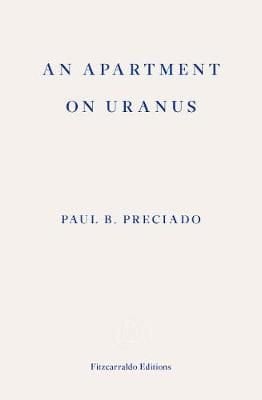Cluster science studies the transition from atomic, and molecular physics or chemistry to the science and technology of condensed matter. Two main topics from this large field will be emphasized in this second volume of Atomic and Molecular Clusters. After an Introduction, Chap. 2 deals mainly with molecular clusters, how they react to positive or negative charges (Sect. 2.1 to 2.5), how they decompose and how they can be charged (Sect. 2.6 and 2.7), and how one can do chemistry with them (2.8 and 2.9). Clusters in contact with a macroscopic medium are treated in Chap. 3. It is from this domain that one can expect possible new applications of cluster science. The optical spectra of silver clusters in a dielectric medium are discussed in Sect. 3.1. Their properties have since long been used unknowingly to stain glass windows. Large clusters floating in an ambient pressure gas are called aerosols (Sect. 3.2). Their properties can be used to monitor air pollution. Development of a photographic film is due to supported silver clusters in a liquid environment (Sect. 3.3). Large semiconductor clusters, also called “quantum dots”, have novel optical and electronic properties (Sect. 3.4). The optical properties of large clusters, in general, are reviewed in Sect. 3.5, and properties of clusters supported on clean surfaces are discussed in Sect. 3.6.












